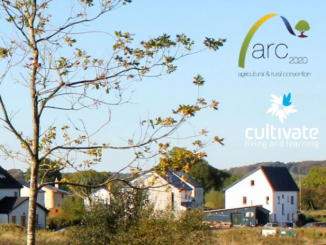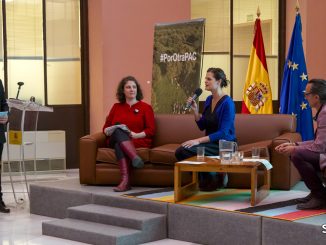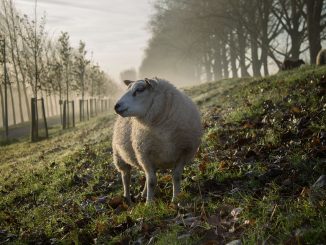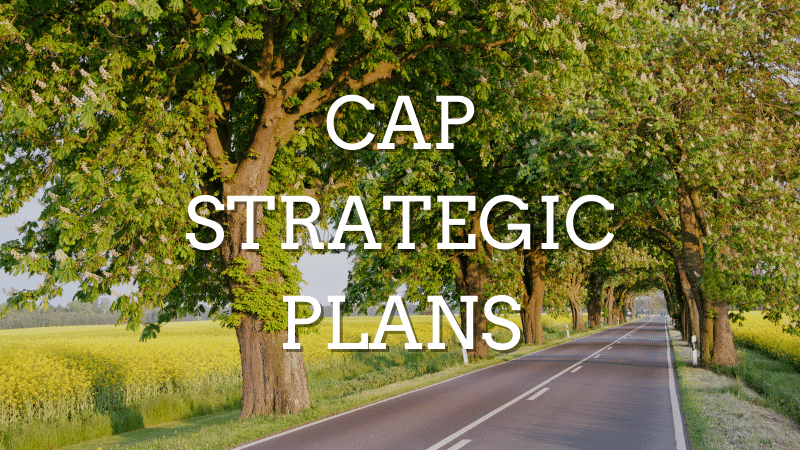
The Common Market Organization (CMO), insufficient grazing subsidies and eco-schemes. An explainer about how EU dairy exports could increase rural unemployment and food poverty in Japan.
Introduction
On the 19th of September, 2016, a high level group of lobbyists for COPA COGECA reports to the Berlaymont building: the heart of European power in Brussels. Both presidents of the influential farmers’ lobby group, as well as its trade director and secretary general, are scheduled to meet with EU Commissioner for Trade Cecilia Malmström at the European Commission (EC) headquarters.
During the meeting, COPA COGECA makes it clear the group is worried about the upcoming trade deal the EC wants to strike with the South American bloc Mercosur (Mercado Común del Sur – Argentina, Paraguay, Uruguay and Brazil). While carmakers like Volkswagen or Daimler stand to gain a lot from unlimited access to Brazilian or Argentinian middle classes, farmers are bound to lose out against mass produced beef, cane sugar and cheap chicken meats the Mercosur countries are planning to export to the EU in return.
The COPA COGECA lobby mission, however, has a peace offering to present to Malmström. According to a batch of meeting documents the author was able to obtain by means of a freedom of information request (FOI) – “the cornerstone for EU farmers acceptance of a EU-Mercosur deal” would be a “very ambitious package for EU agricultural exports” in another trade agreement: EU-Japan Economic Partnership Agreement (EPA).
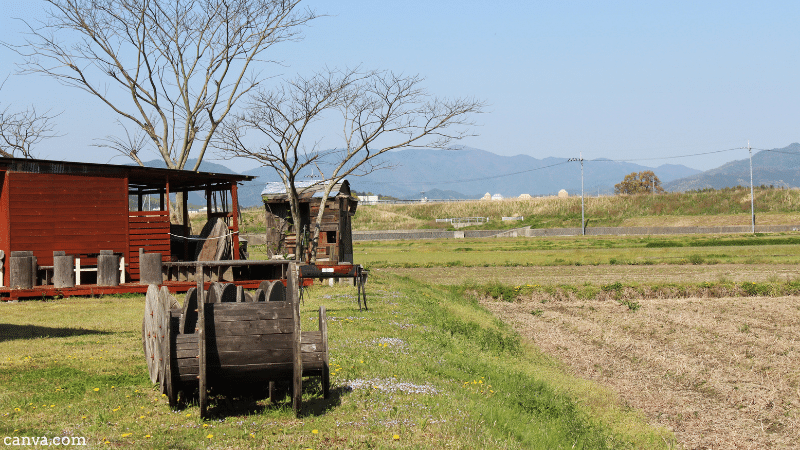
Japanese imports
Japan presents an important and affluent market for the EU agricultural sector. In a recent report (2018) on Japanese dairy markets, the EU-Japan Centre for Industrial Cooperation sets out big expectations for EU traders to benefit from the slashed tariffs and new quotas the EPA would set out – resulting in “certain changes in the Japanese dairy market, leading to an improved market climate” for exporters from Europe.
The EU-Japan Centre for Industrial Cooperation is a joint venture established in 1987 by the European Commission and the Japanese Government to promote trade and investment. It has its headquarters in Tokyo and an office in Brussels. Author Paul van der Plas notes that EU dairy exports account for 8.3 percent of a record €138 billion of agricultural and food exports to Japan in 2017. According to the author, chances for further growth exist especially for cheese and skimmed milk powders. “Cheese is one of the dairy products that has quickly gained popularity in recent years,” Van der Plas writes. “While still well below the European average, the per capita consumption of cheese has increased with 12.4% in the four years up to 2017. As most cheese sold in Japan comes from abroad, imports have significantly increased, reaching 273 metric tons in 2017, a 6% increase over the previous year.”
Historically, dairy has not been a major part of the Japanese diet, professor Shuji Hisano of Kyoto University explains. But government data show that the demand for milk and dairy has rapidly increased since the 1960s until around 1995. Since then demand has been relatively stable. The professor presents a set of graphs from his office in Kyoto while explaining that most dairy production in Japan takes place on the northern island of Hokkaido. His statistics indicate an intensification of production starting in the second half of the 1970s. Since then the number of dairy farms has been steadily decreasing while the total number of cattle has been going up. “In comparison with the Netherlands, France or the United States, Japanese farms remain quite small,” Hisano explains. “It’s too early to tell whether the new EPA will actually lead to increased imports from Europe. What is clear is that Japanese livestock farmers do fear rapid cheap dairy or cheeses from the EU that would make it difficult for them to survive, in turn causing problems for food processors, employment levels and the consumer cooperatives that still play a major role in Japanese society.”
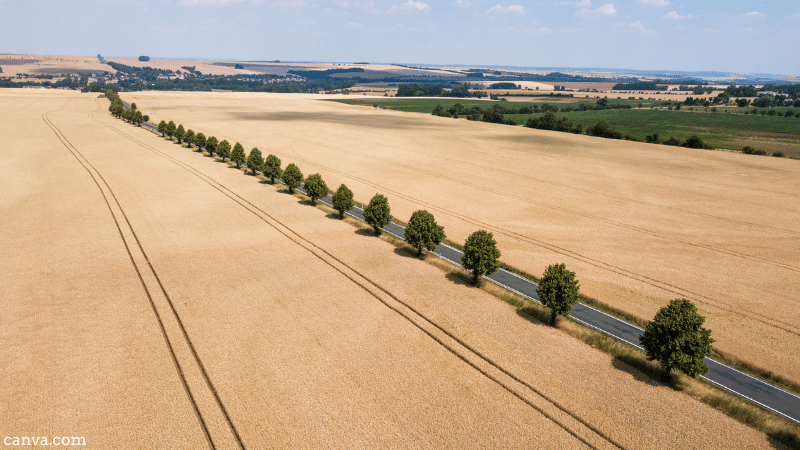
History since WWII
Hisano has been researching the political economy of agriculture and globalization since 1994, and has published numerous articles and one book. He is currently employed at the Graduate School of Economics at Kyoto University. In a recent article (2018) published in the Journal of Rural Studies Hisano and two co-authors explain how “Japanese food self-sufficiency on a calorie basis (39%) is extremely low compared to other major OECD countries”.
In the article, the authors warn that Japan is exceptional “in terms of its consistent downward trend for food security during the past 50 years” – starting right after World War II. “The Japanese agricultural sector is very weak. After the war we were forced to import skimmed milk and wheat from the US,” Hisano says. “First as food aid, but later on, Japan was pushed into dependency on American imports. When the Japanese economy started to develop rapidly during the 1980s, our main automobile industries needed to keep wages low in order to stay competitive in world markets. To justify meagre wages for Japanese workers, the price of food had to be kept low by importing cheap commodities. Thus, you could say Japanese farmers have become victims to the logic of global capital.”
Since then Japan has become largely dependent on imports to feed its largely urbanized population. Today, most vegetables and processed foods come in from China, while the US still accounts for much of Japanese wheat imports. The EU plays a smaller but substantial role in supplying Japanese consumers with wine, cheeses, pork meat and dairy.
According to the EU-Japan Centre for Industrial Cooperation, consumer popularity of dairy products has increased. The domestic dairy industry in Japan has simultaneously shrunk by 20 percent in the years prior to 2017; a development primarily attributed to the fact that few farming families have successors. According to a 2017 report by the global consulting firm McKinsey, Japan could even face food security threats in the near future and stresses the importance of finding a policy balance between stable domestic production, stockpiles and imports: “For present-day Japan, it will probably be difficult to maintain a varied and sophisticated diet just with domestic production and stockpiles. While both farms and farmland are in decline, efforts are being made to prevent a large drop in domestic production as new technologies promising more efficient production are gradually introduced. Even with these efforts, however, and even assuming that there is no tightening of the global supply and demand for food, Japan will need to strategically strengthen comprehensive food security, including imports, if it is to maintain the highly varied and sophisticated diet that its population presently enjoys.”
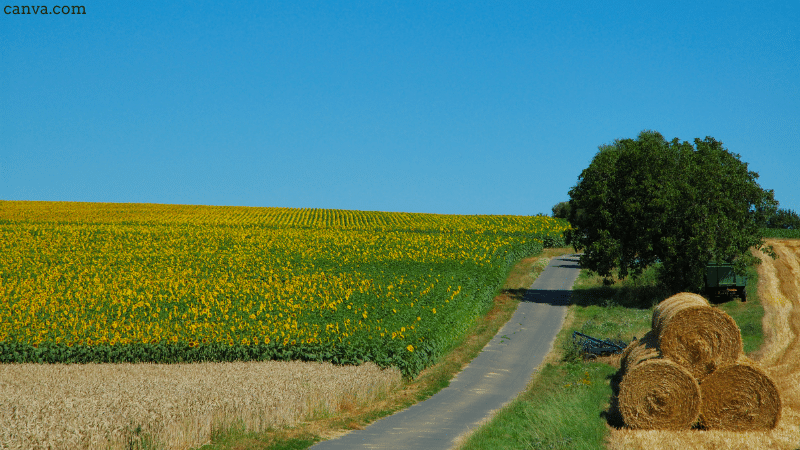
CAP and trade
According to this briefing published by the European Parliamentary Research Service, dairy is the second biggest farming sector in the EU after the vegetable and horticultural plant sector and before cereals; dairy represents more than 12% of total EU agricultural output. Under the Common Agricultural Policy (CAP), dairy production is supported by a range of instruments, for example direct payments or rural development funding, and is also covered by the Common Market Organisation (CMO) Regulation. Before the entry into force of a single CMO in 2007 there were 21 separate CMO-regulations – each covering a specific product. These CMO’s were originally based primarily on price guarantees which were gradually reduced and offset, but still allowing the European Commission to buy butter or skimmed milk at set prices, stockpile and fund private storage if needed until the dairy quota system expired in March 2015. Such intervention measures were temporarily revived by the Commission to stabilize prices during the COVID-19 pandemic.
After EU milk quotas were abandoned, markets in Europe were left awash with milk, sending prices tumbling down and forcing EU producers to seek out export opportunities. For example, milk powder exports to West Africa nearly tripled from 12,900 metric tons to 36,700 tons between 2011 and 2016.
Before the EPA with Japan entered into force on 1 February 2019, the island nation was already the fifth largest agricultural market for the EU. Under the new trade agreement new opportunities will arise: import duties on different cheeses will be gradually reduced to zero within a timeframe of sixteen years. Aggregate quota quantities for butter are increased annually, while in-quota tariff rates are set to fall. Nevertheless, Japanese policy makers are not keeping track of how EU agricultural policies might change to benefit from the increased export opportunities the EPA seems to offer. “Our ministry has been analyzing the CAP system but we have not conducted any specific research on its impact on Japanese agriculture,” a spokesperson for the Japanese ministry of Agriculture, Forestry and Fisheries (MAFF) writes in an e-mail.
Hisano reacts: “The government is very optimistic about the way increased trade could empower Japanese farming. They carry high hopes that more competition would in effect stimulate and innovation and competitiveness in the dairy sector.”
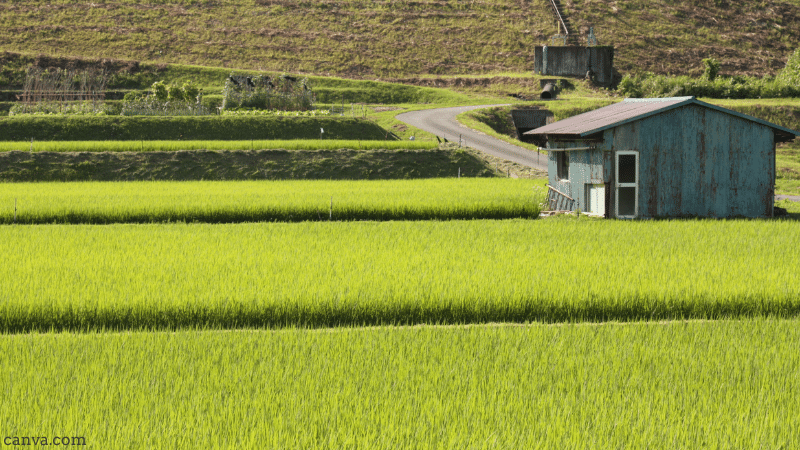
CAP beneficiaries
According to a 2021 report by the Joint Research Centre (JRC) of the European Commission, trade agreements and the CAP would ideally reinforce each other. The JRC has therefore charted the potential effects of 12 EU free trade agreements (FTAs) on agriculture. The results show a positive cumulative impact of trade deals on the overall EU agri-food trade balance – thanks to the capacity of the EU to increase its exports by more than 29 percent to all trading partners in the most ambitious scenario. Most of such exports would go to the Mercosur countries, Thailand, Vietnam and Japan.
For the next CAP-period (2021-2027), Germany is set to be the third biggest receiver of direct payments – after France and Spain. According to data retrieved by the European Parliament, over half of all specialized dairy farms in the EU are large or very large – with the bulk of the biggest holdings concentrated in the eastern parts of Germany, Slovakia and Denmark.
On a yearly basis, the German federal government will receive €4.9 billion from Brussels to slice up among farmers. Since legislative responsibilities for how that money will be spent is shifting from the Commission to EU member states, national governments will have substantially more influence. Although much remains unclear, countries like the Netherlands or Germany, sporting heavily efficient, export-oriented and CAP-subsidized agricultural sectors, seem to be holding on to world trade as an explicit policy goal. “There is a lot of talk about greening measures, but what’s never debated in Germany is the way the CMO-regulation is set up,” Phillip Brändle of the farmers’ association AbL (Arbeitsgemeinschaft bäuerliche Landwirtschaft) explains. “To avoid further overproduction one could imagine fixed lower prices for dairy farmers producing more than a certain benchmark. Instead, all policies still revolve around producing as much raw commodities as possible to serve world markets and no proposals to amend CMO-principles to limit production have been tabled.”
In order to specify how the CAP will be followed through inside national territories, all EU member states are working on a National Strategic Plan (NSP) to be delivered to the European Commission by the end of 2021; a process in which in Germany the two federal ministries of Food and Agriculture (BMEL) and Environment, Nature Conservation and Nuclear Safety (BMU) are involved. Early January 2021 BMU presented its recommendations for the setup of a green architecture of the German NSP. “The German CAP Strategic Plan should be developed as a pillar of the social contract with agriculture,” BMU wrote at the time. “In the plan, society has to formulate what it expects of farmers for its CAP tax money, but also how it will appropriately reward farmers for services of general interest and ensure planning certainty in the required change process”.
In the 21-page document ‘Shaping the future through change: Advancing the agricultural reform in Germany together’, BMU proposed an extensive list of annexes and measures that could be integrated into the German CAP NSP architecture to protect biodiversity and make farming practices more sustainable, “including areas of high biodiversity value (e.g. fallow land or landscape features such as hedges or boundary strips), the reduction of excess nutrients, refraining from or halving the use of pesticides, diversified crop rotation and various measures for environmentally and animal-friendly use of grassland”, “diversified crop rotation and various measures for environmentally and animal-friendly use of grassland.”
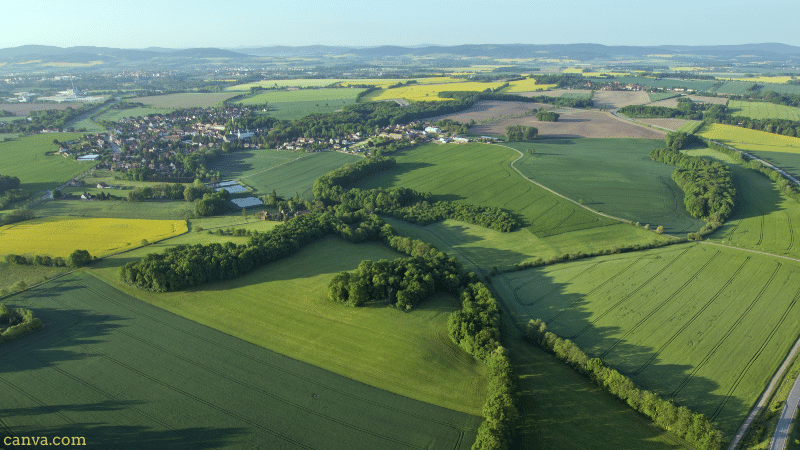
Cows and eco-schemes
The final legislative proposals were presented by the Ministry of Food and Agriculture (BMEL) in April 2021 and approved by the German parliament early June. For independent farming organizations and NGOs, the proposals were full of subtle disappointments. For example, in contrast to the 30 percent of the total CAP budget reserved for eco-schemes as proposed by the environmental ministry – BMEL reserves only 25 percent. Eco-schemes are the new categories proposed by the Commission to provide farmers with funding for environmentally and climate friendly initiatives, such as dedicating arable land for biodiversity, agroforestry, extensification of green pastures, or pesticide-free crop management.
But what is more important than the proposed percentage at this moment, would be the fact that in current German proposals no progression of the percentage ringfenced for such eco-schemes is envisioned, Brändle (AbL) explains during an interview: “If we expect farmers to be able to adapt to a gradual phasing out of decoupled direct payments, we will need a progressive rise in the percentage reserved for eco-schemes. But that seems to be completely lacking. 25 percent for eco-schemes now, will remain 25 percent in 2027. But farms must be able to adapt to getting paid based on environmental merits in a way that’s manageable for them.”
Another example is the way the Ministry of Agriculture intends to introduce coupled payments for livestock grazing in ecologically valuable areas as a means to stimulate biodiversity. But those subsidies are only made available for suckler cows – not for dairy cows. A small but crucial point for the Arbeitsgemeinschaft bäuerliche Landwirtschaft, Brändle says: “This way there will still be no incentive to let dairy cows graze. The issue behind all this is that Germany does not fundamentally want to make its farming system more ecological. You can see the same dynamics at work in the way BMEL intends to transfer money from the first to the second pillar of the CAP. That setup will allow environmentalists to clap their hands because they’ll receive more money to take care of Natura 2000 areas, while intensive farming practices also see none of their direct CAP payments threatened and the agriculture system itself won’t become any greener.”
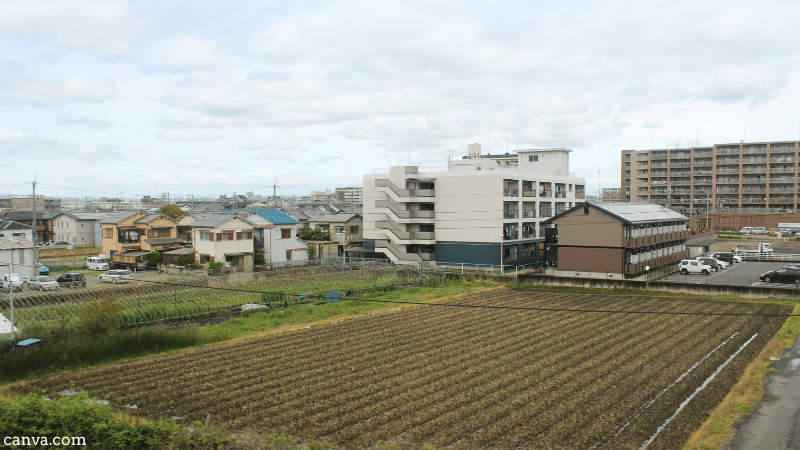
Top receivers of CAP payments in Germany
As long as Europe is opening up new markets through trade agreements while refusing to limit production, it’ll be only the biggest agricultural holdings that profit most from the CAP. According to the German public database of CAP beneficiaries the biggest receiver of direct payments in Germany is the sugar and ethanol giant Südzucker Mannheim (€in 2020). Most other top receivers are involved in either milk and meat production, or in producing animal feeds. The second biggest beneficiary is Agrar Produktion Spornitz (€1,066,535 in 2020): a giant farm operating 5,900 hectares in East Germany, growing maize and wheat, rearing more than 1,000 cows, while also running a biogas installation and raising pigs.
Runners up are Golzow Betriebs-GmbH (€997,579), producing feed maize on 7,000 hectares east of Berlin, Agrargenossenschaft Dedelow (€975,517), marketing milk, beef and sugar, specialized feed producer Saatzucht Steinach (€938,642) and Agrargenossenschaft Rhönperle (€900,099), producing milk and dairy products. For Brändle, the EU policy convergence between the CAP and free trade agreements as such serves mostly private interests, not farmers: “The argument always is that f9armers need direct CAP payments because environmental demands and wages in Europe are high and make EU products relatively expensive. The farms that actually benefit the most are often the ones that aim for the cheapest production and target international markets. It’s smaller and family farms that would benefit from a progressive budget for eco-schemes or a gradual phasing out of direct payments.”
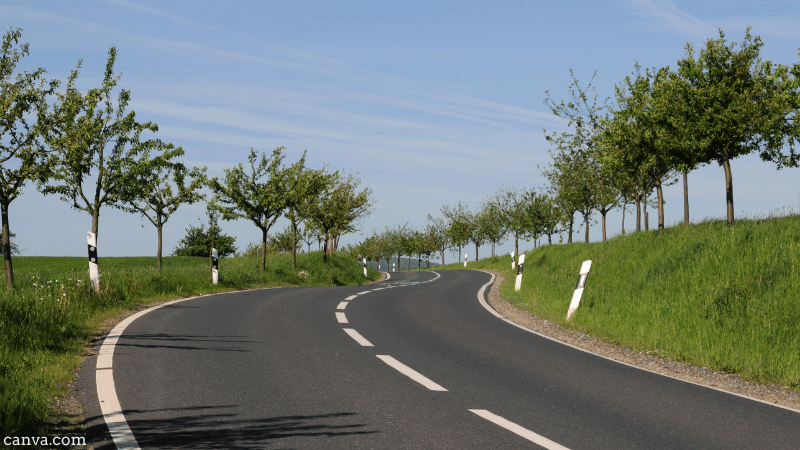
Social dimension
Looking at the island nation of Japan, the myth that through exports Europe can feed the world remains just that: a mere myth. According to the McKinsey report, agricultural products, such as wheat, corn, and fertilizer, are considered high-risk items whose lack could hinder future Japanese food security.
EU export interest such as meats and dairy products are not crucial for Japan to feed itself – while increased exports would have detrimental effects on local food systems, professor Hisano points out. Especially, indirect effects of a social dimension should not be forgotten: “To understand what could happen if the EU starts exporting more to Japan, once only has to look at beef. The famous Japanese wagyu beef is produced domestically but only destined for high end consumption. Low quality cheap meat is imported in volumes, affecting low income households who have no other option than eating these anonymous meats. My fear is that similar things could happen for other imports. These would substantially impact lower price ranges and push Japanese farmers into differentiating and focusing on exports of high quality products to survive. That could make poor Japanese families dependent on EU imports and further lock in global commodity trading.”
References
- Arbeitsgemeinschaft bäuerliche Landwirtschaft. (2021). Entwurf eines Gesetzes über die Durchführung der im Rahmen der Gemeinsamen Agrarpolitik finanzierten Direktzahlungen. https://www.abl-ev.de/uploads/media/2021-03-10_AbL_zum_Entwurf_eines_Gesetzes_%C3%BCber_die_Durchf%C3%BChrung_der_im_Rahmen_der_gemeinsamen_Agrarpolitik_finanzierten_Direktzahlungen_final.pdf
- Bund für Umwelt und Naturschutz Deutschland e.V., BUND, Arbeitsgemeinschaft bäuerliche Landwirtschaft. (2020). Platform of associations calls for fundamental revision of needs assessment. Retrieved on https://www.abl-ev.de/uploads/media/2020-07-22_Statement_regarding_the_BMEL_draft_needs_assessment_for_the_CAP_post-2020.pdf
- Bundesministerium für Ernährung und Landwirtschaft (2021). Entwurf eines Gesetzes zur Durchführung der im Rahmen der Gemeinsamen Agrarpolitik finanzierten. Retrieved on: Direktzahlungen. https://www.bmel.de/SharedDocs/Downloads/DE/Glaeserne-Gesetze/Kabinettfassung/gap-dzg.pdf?__blob=publicationFile&v=3
- European Commission. (2020). Breakdown of European Agricultural Guarantee Fund: pre-allocations per Member State. Retrieved on: https://ec.europa.eu/info/sites/default/files/about_the_european_commission/eu_budget/2_table_breakdown_of_eagf_28.09.pdf
- European Parliamentary Research Service (2018). The EU dairy sector Main features, challenges and prospects. European Union. Retrieved on https://www.europarl.europa.eu/RegData/etudes/BRIE/2018/630345/EPRS_BRI%282018%29630345_EN.pdf
- Eurostat (2020). Milk and milk product statistics. https://ec.europa.eu/eurostat/statistics-explained/index.php?title=Milk_and_milk_product_statistics
- Ferrari, E., Chatzopoulos, T., Perez Dominguez, I., Boulanger P., Boysen-Urban K., Himics, M., M’barek, R., Cumulative economic impact of trade agreements on EU agriculture – 2021 update, EUR 30496 EN, Publications Office of the European Union, Luxembourg, 2021. https://ec.europa.eu/info/sites/default/files/food-farming-fisheries/trade/documents/jrc-cumulative-economic-impact-of-trade-agreements-on-eu-agriculture_en.pdf
- Goedde, L., Denis, N., Tanaka, M., Yamado, Y., Nakada, K. (2017). Food security in Japan: Building a strategy in an age of global competition. McKinsey & Company. https://www.mckinsey.com/featured-insights/asia-pacific/food-security-in-japan-building-a-strategy-in-an-age-of-global-competition
- Hisano, S., Akitsu, M., McGreevt, R. (2018). Revitalising rurality under the neoliberal transformation of agriculture: Experiences of re-agrarianisationin Japan. Journal of Rural Studies, Volume 61, 290-301. https://www.sciencedirect.com/science/article/abs/pii/S0743016717308021?via%3Dihub
- Livingstone, E. (2018). How EU milk is sinking Africa’s farmers. Politico. https://www.politico.eu/article/eus-milk-scramble-for-africa/
- Van der Plas, P. (2018). Dairy in Japan. EU Centre for Industrial Cooperation. https://www.eu-japan.eu/sites/default/files/publications/docs/dairy_in_japan_report_min.pdf
Download this article as a PDF
 This article is produced in cooperation with the
This article is produced in cooperation with the
Heinrich Böll Stiftung European Union.
More on CAP Strategic Plans
CAP Strategic Plans: Germany Taking Steps in the Right Direction?
CAP Strategic Plans: Support to High-Nature-Value Farming in Bulgaria
Commission’s Recommendations to CAP Strategic Plans: Glitters or Gold?
German Environment Ministry Proposals For CAP Green Architecture
CAP Performance Monitoring and Evaluation Framework – EP Position
A Rural Proofed CAP post 2020? – Analysis of the European Parliament’s Position
CAP Beyond the EU: The Case of Honduran Banana Supply Chains
CAP | Parliament’s Political Groups Make Moves as Committee System Breaks Down
CAP & the Global South: National Strategic Plans – a Step Backwards?
CAP Strategic Plans on Climate, Environment – Ever Decreasing Circles
European Green Deal | Revving Up For CAP Reform, Or More Hot Air?
Climate and environmentally ambitious CAP Strategic Plans: Based on what exactly?
How Transparent and Inclusive is the Design Process of the National CAP Strategic Plans?



